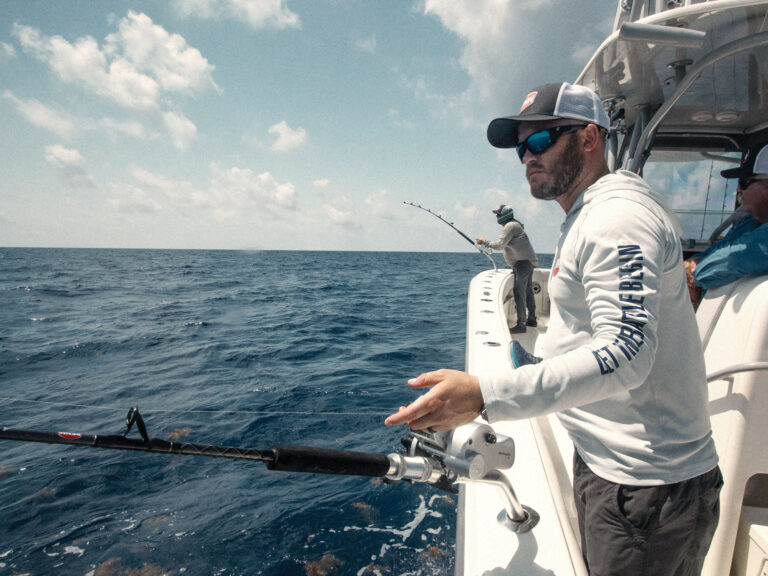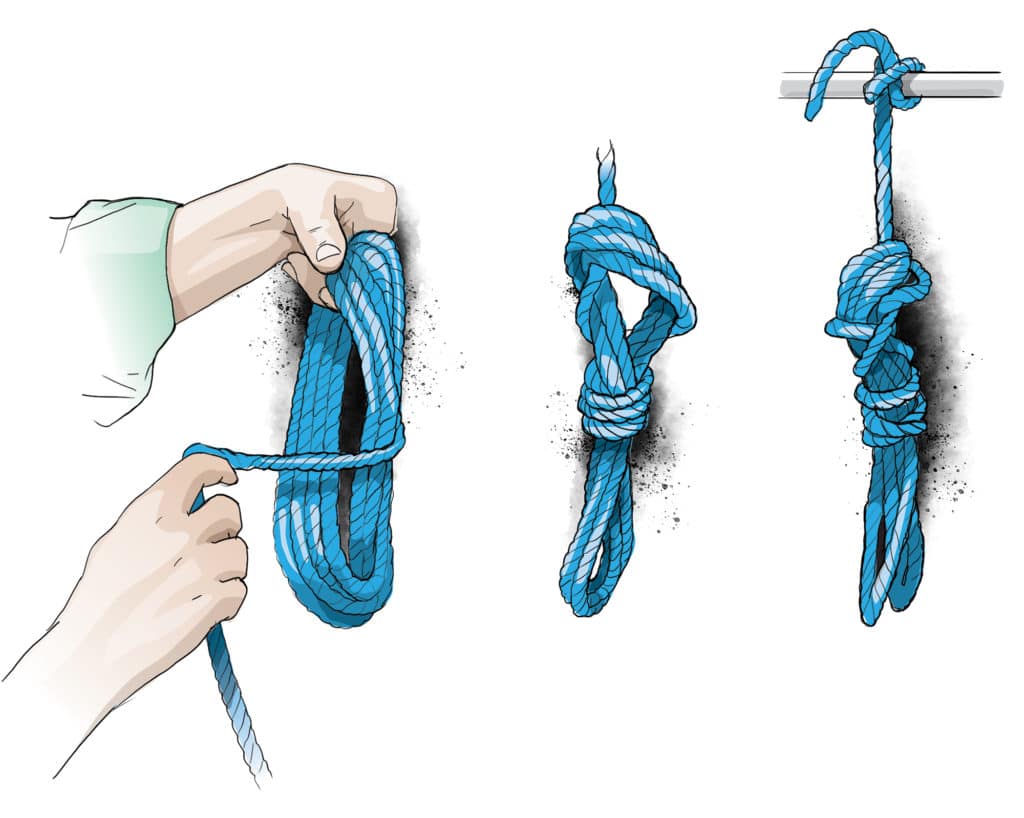
Keep It Bristol
Neat and tidy, but readily accessible, are key to housekeeping afloat. Short dock lines and tie-off lines are easily organized with a simple coil that stays in place and prevents tangling. Make a set of overhand coils with the line, leaving a few feet uncoiled. Wind that end snugly around the middle of the coils from bottom to top, taking four or five turns. Pass the bitter end through the top of the coils and snug it up. The end may then be clove-hitched around a railing or pipework, where it stays out of the way, yet handy and ready to easily deploy whenever needed.
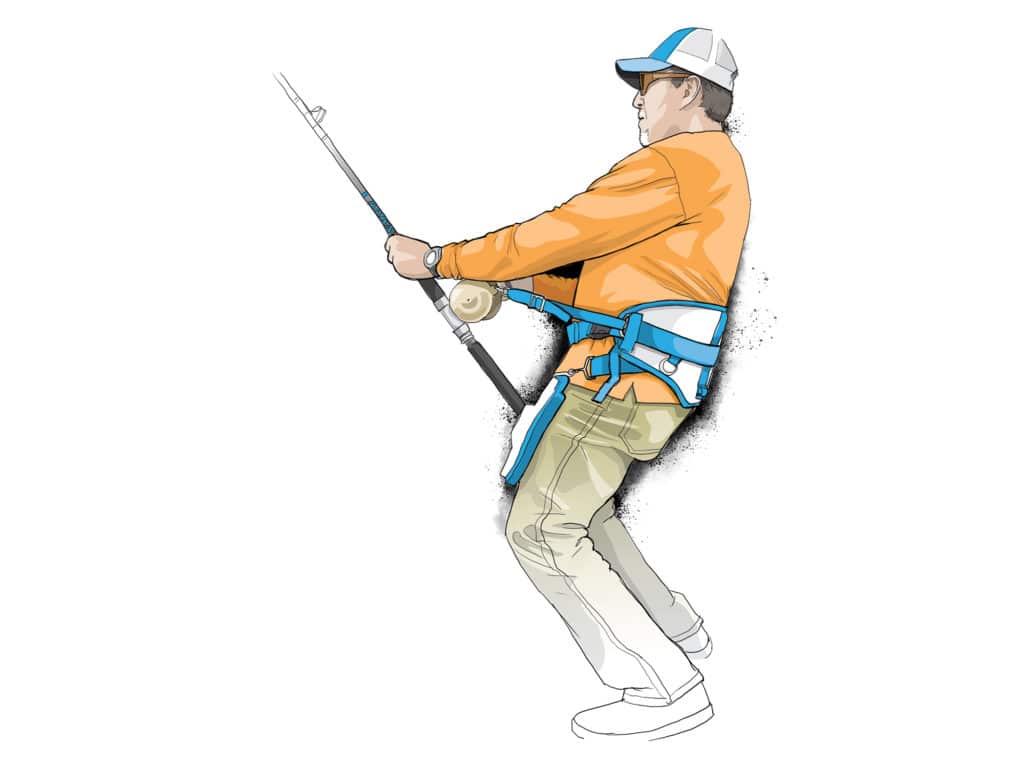
Familiar Sequence
The same pump-and-wind motion that efficiently wins fish fights becomes the foundation for the stand-up fighting technique when applied to full-body engagement. With the gimbal belt and kidney harness properly adjusted, the legs and core do the work. Bending the knees lifts the rod tip, putting pressure on the fish and pulling it closer. Then straightening the legs allows the rod to return to a more horizontal position, during which the line gained can be wound onto the reel. Set up a smooth rhythm between the two actions to tire the fish without exerting yourself.
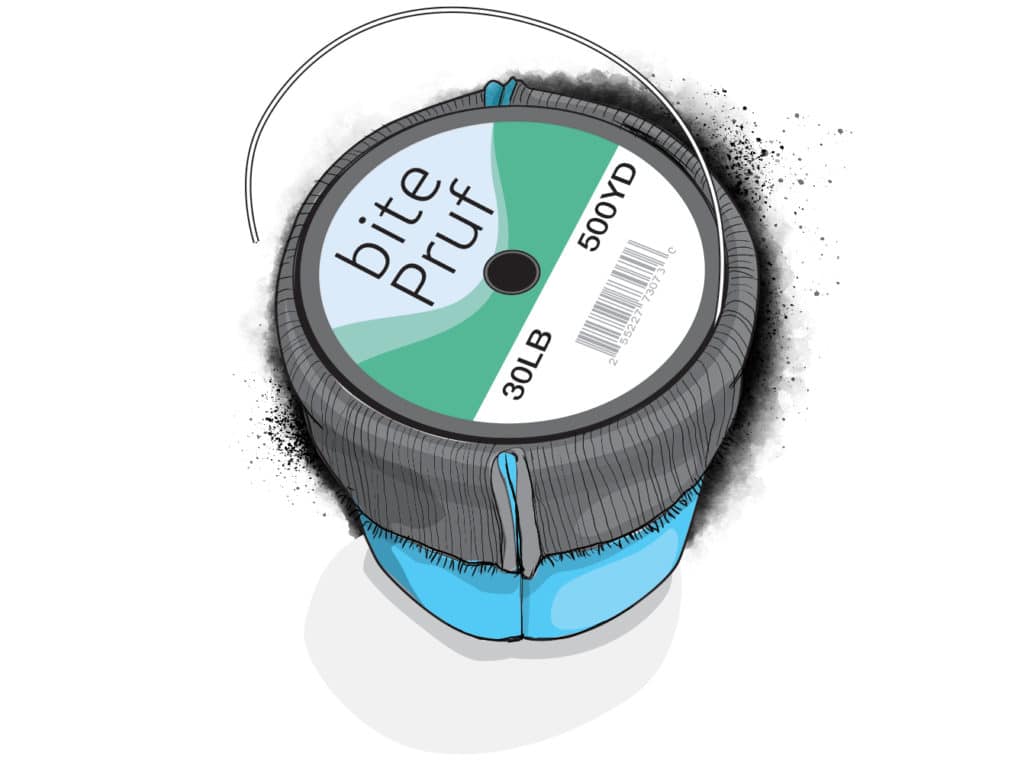
Quick and Easy Leader Taming
Quarter-pound spools of leader fit perfectly in a neoprene drink koozie. Just insert the entire spool into the koozie, fold down the collar, and keep a tag end of line sticking out for quicker access. The leader material will stay neatly spooled and protected from nicks and sun damage, but will dispense readily when called into action.
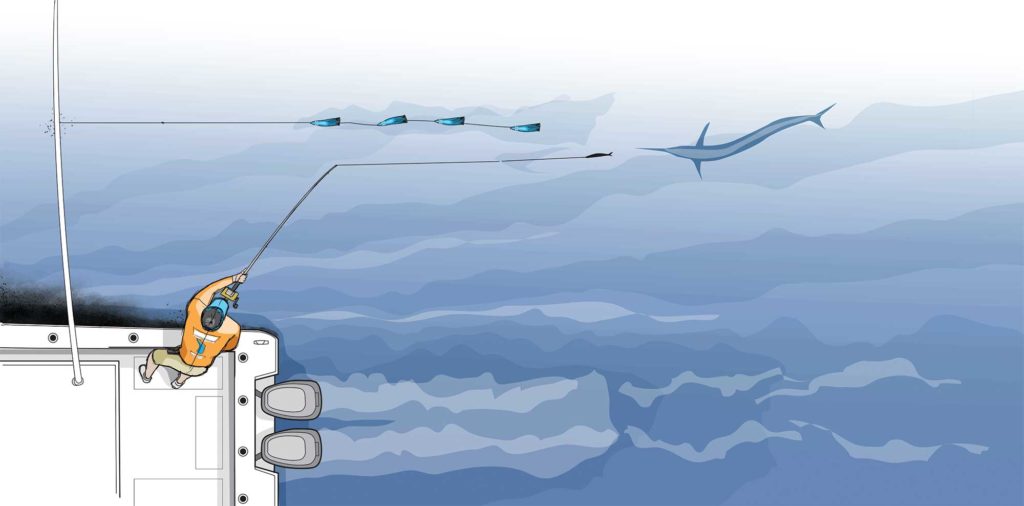
Bait-and-Switch
Trolling teasers offshore increases the visibility of the spread, but when fish home in on a daisy chain rather than a hooked bait, active angling is in order. A rigged-and-ready pitch bait does the trick. Deploy the readied rig, and let it drift back past the daisy chain to swim alongside the trailing fish. Distracted by the easier prey, billfish and other big game often turn on the bait. Be prepared to drop-back on the strike, let the fish turn, then wind down and hang on.
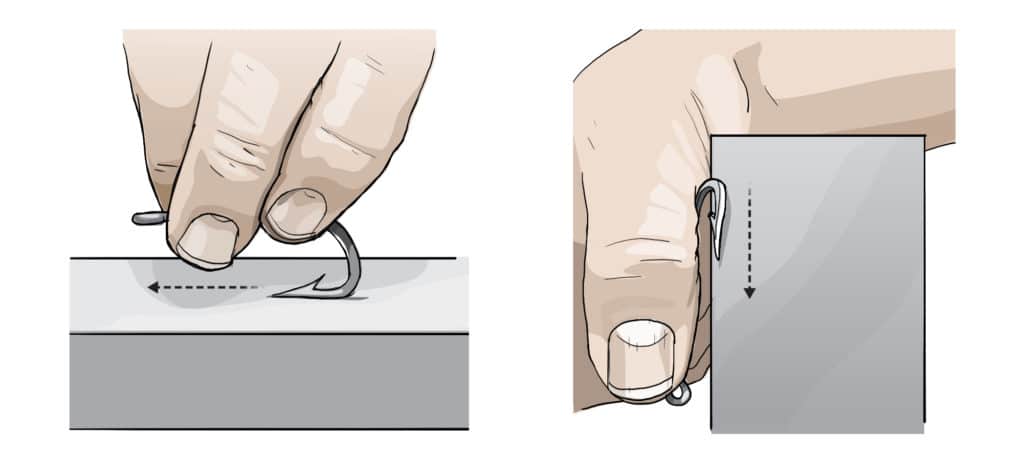
Hone to a Fine Edge
While pre-sharpened hooks are the rule of the day, there still comes a time when a hook—on a lure or a fly, for instance—loses its edge. The most effective point is achieved by creating three cutting edges, triangulating the point for best penetration. You simply hone the bottom of the hook flat, then hone both sides of the top of the point—at the same angle—to meet in the middle. Always make sure you leave enough metal to support the hook point and prevent it from rolling over, but also to keep the angle from point to barb flat enough to enable the hook to penetrate easily.
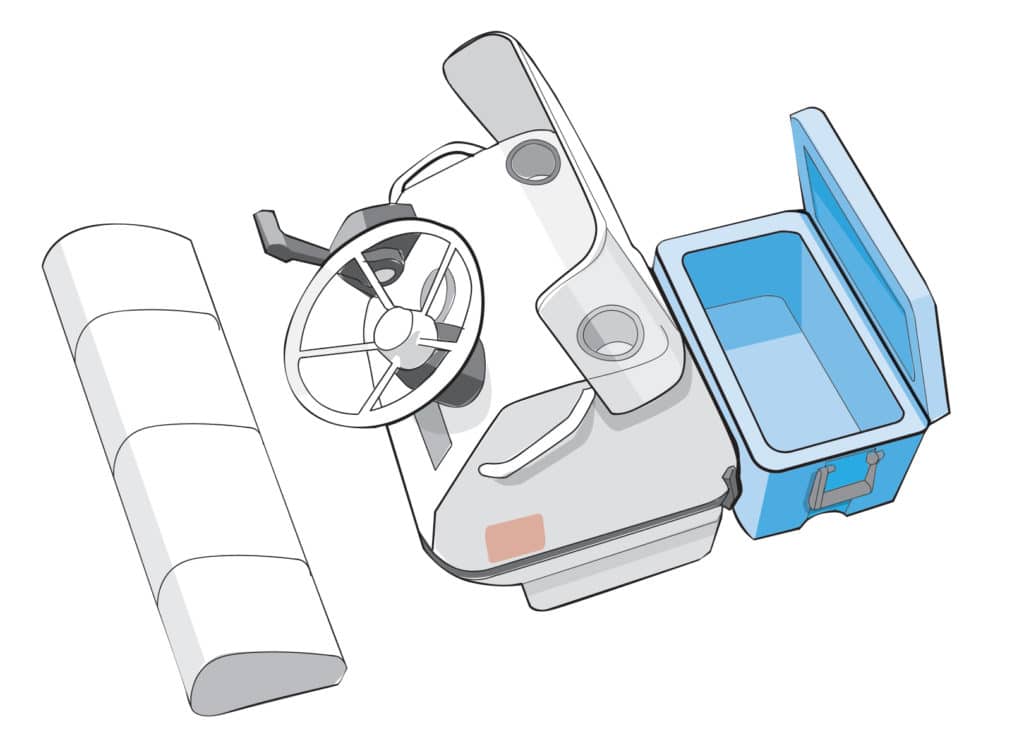
Outside-the-Box Icebox Mount
Smaller center-console boats often carry a cooler ahead of the console to do double duty as a seat. With the hinges against the console, the cooler lid often lacks enough clearance to raise, and it can blow open, should someone neglect to fasten the latches. It’s better to take this counterintuitive approach: Place the cooler with the hinges facing forward. This lets you raise the lid easily, and the cooler won’t unexpectedly open when underway or while trailering down the highway.

Teach Sabiki Rigs How to Behave
The first lesson in sabiki rig handling is don’t let it come near anything you don’t want hooked. Cleanly removing delicate live baits is a two-person job. The rod wielder keeps a taut line, while the volunteer unhooker pulls the rig tight by grabbing the bottom weight. He must then slide the wire hook of the dehooking device down the leader to the bend of the hook, then lift it so the hook is upside down. At this point, a gentle shake will drop the bait directly into the livewell.
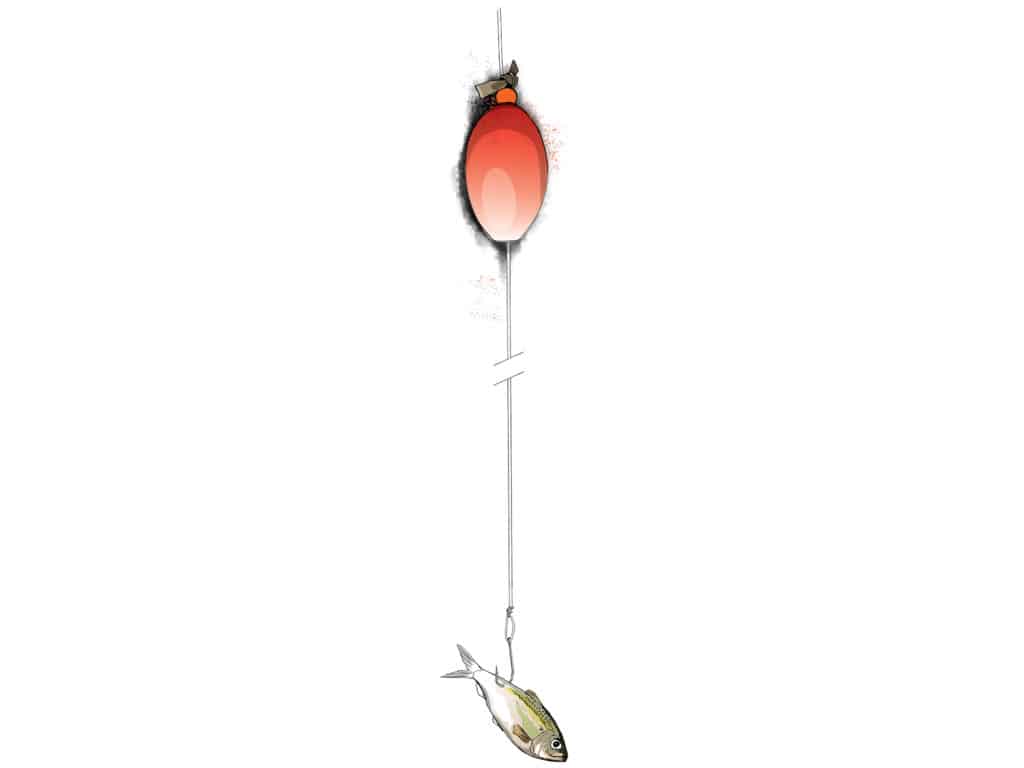
Attitude Adjustments
Suspending a live bait at the particular depth at which fish are feeding is a tried-and-true tactic. But water depth tends to change frequently, and so must the depth at which you present the bait. Make such adjustments simple by tying a rubber band around the leader, above a sliding float. It acts as a stopper and can be pulled up or down the leader as required to impede the bait from swimming downward, beyond the strike zone. Adding a plastic bead between the rubber band and float keeps things moving more freely.
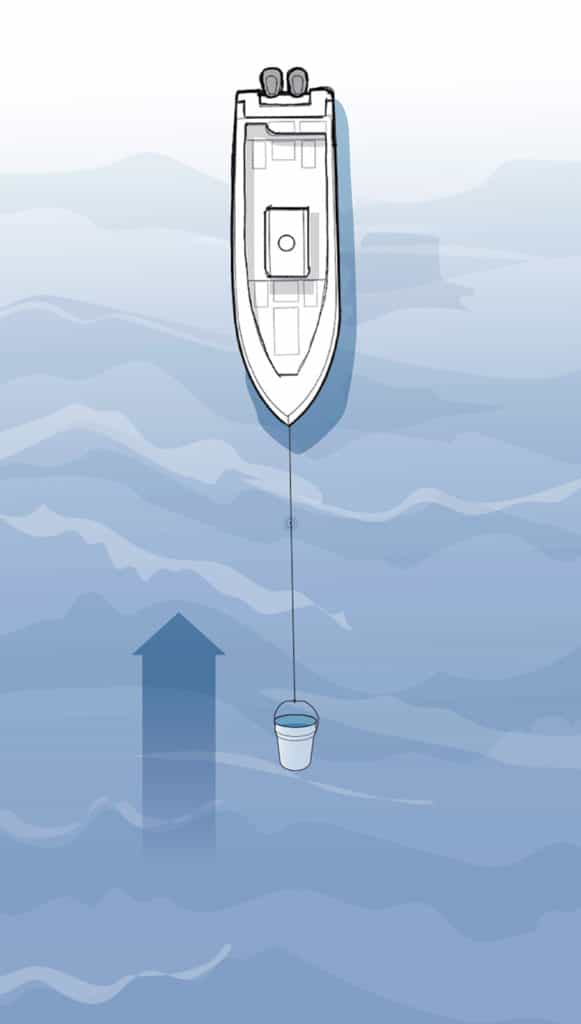
Stabilize the Situation
Controlling a drifting boat is simple physics: Add drag at the bow, and the boat will meet oncoming seas and wind head-on. This is a convenience when drift-fishing, and a matter of safety in the event of a breakdown. A sea anchor is the time-honored tool for the task, but should you find yourself in need and without one, tie off a 5-gallon bucket and deploy it off the bow. It does the job in a pinch.
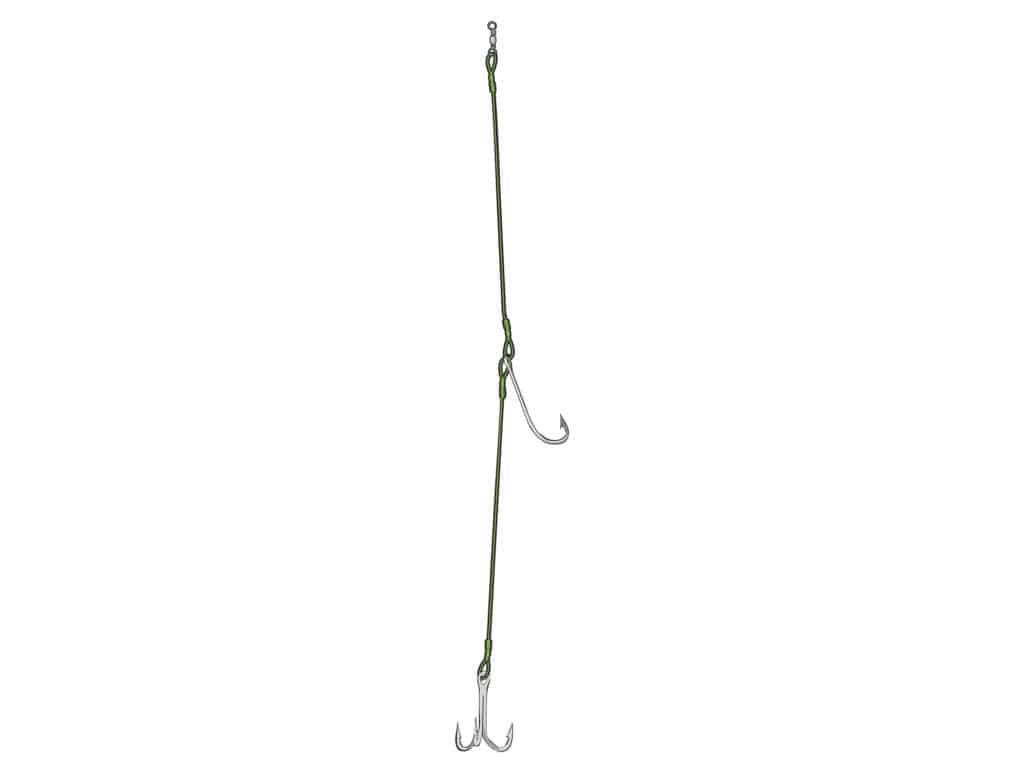
Foiling Bait Thieves
Fast, toothy predators, such as kingfish and wahoo in particular, frequently strike a bait from behind to cripple it before circling back to finish their meal. Fish that nip off the back half of a bait produce many missed hookups, but they can be foiled with a stinger hook. Haywire-twist a short length of wire to the main hook eye, and twist another hook, usually a treble, to lie just short of the bait’s tail. Leave the stinger treble hook free-swinging, or anchor one of its points lightly in the back half of the bait.
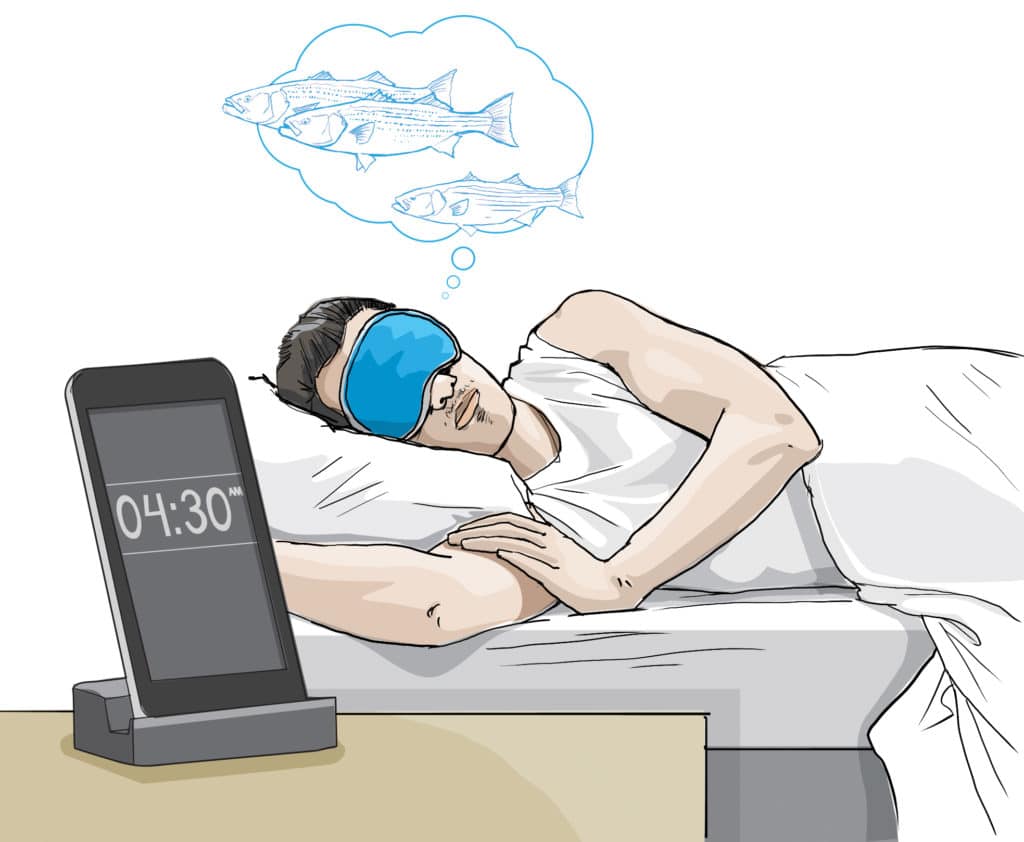
If You Snooze, You Lose
You prepped rigs the night before, and everything is ready to go. And if you’re like many anglers, you haven’t slept much in anticipation of the day of fishing ahead. You’re going to need plenty of time to drive as far as you can before sunrise, launch the boat and run until you’ve burned a third of your fuel, then stop the boat and cast as far as you can. So, get up and get moving when that alarm goes off.
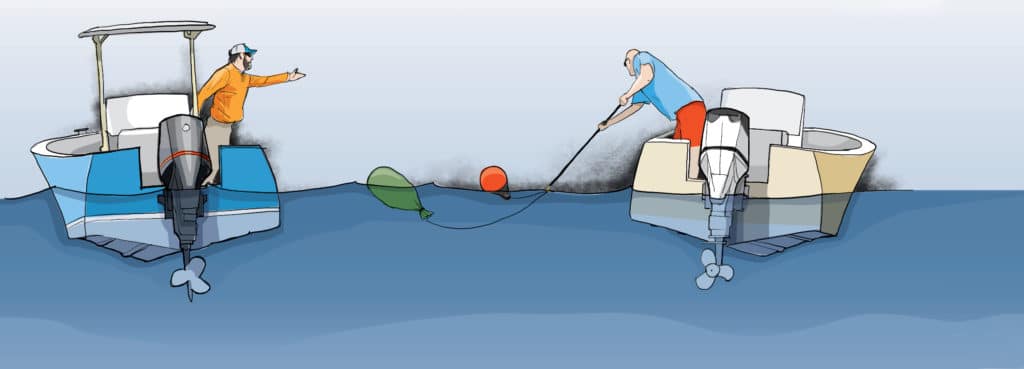
Borrow From a Neighbor
Making a boat-to-boat transfer on the water, whether it’s duffel, bait or beverages, doesn’t have to be an exercise in teamwork and synchronized precision boat handling. Simply dump the items to be transferred into a plastic garbage bag, blow it up, tie it shut, and toss it overboard. If more flotation or an easier-to-spot marker is needed, tie the bag to a buoy or life jacket. Then the needy skipper must only ease into gaffing range to comfortably retrieve the payload.








